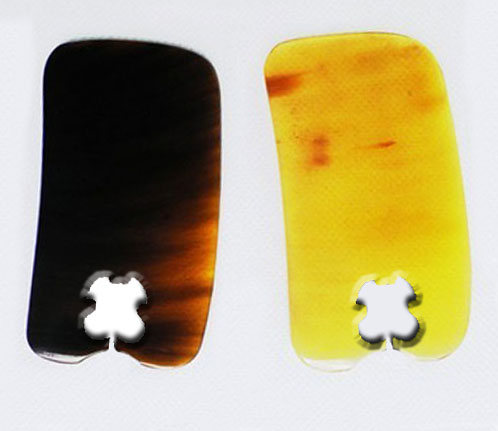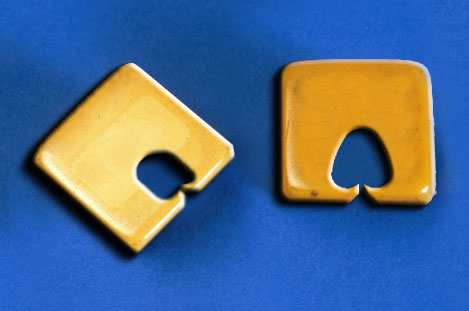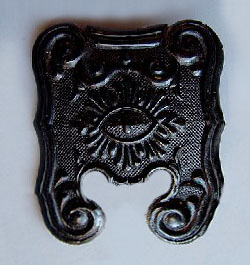Origins
of the Occlupanida
“Where you find occlupanids, there shall you shall find civilization.”
-attributed to Horatio Horg
Whether it was holding together clumps of date-figs in Mesopotamia, or papyrus-fiber bags of apples in ancient Rome, the ecological niche that occlupanids inhabit is as old as the civilization itself, due to humanity’s eternal need to put things in sacks and distribute them. While most modern occlupanids eke out a living nestled between pinched folds of plastic bags, it is thought older occlupanids had attached themselves to goatskin, burlap, mulberry paper, and banana leaves. Though there are no such wonderful artifacts in the HORG archives, scientific illustrators have labored to reproduce what occlupanids in the past might have looked like.



